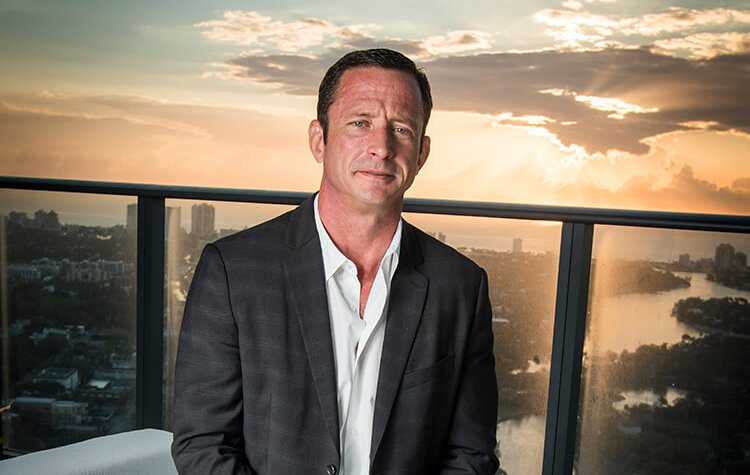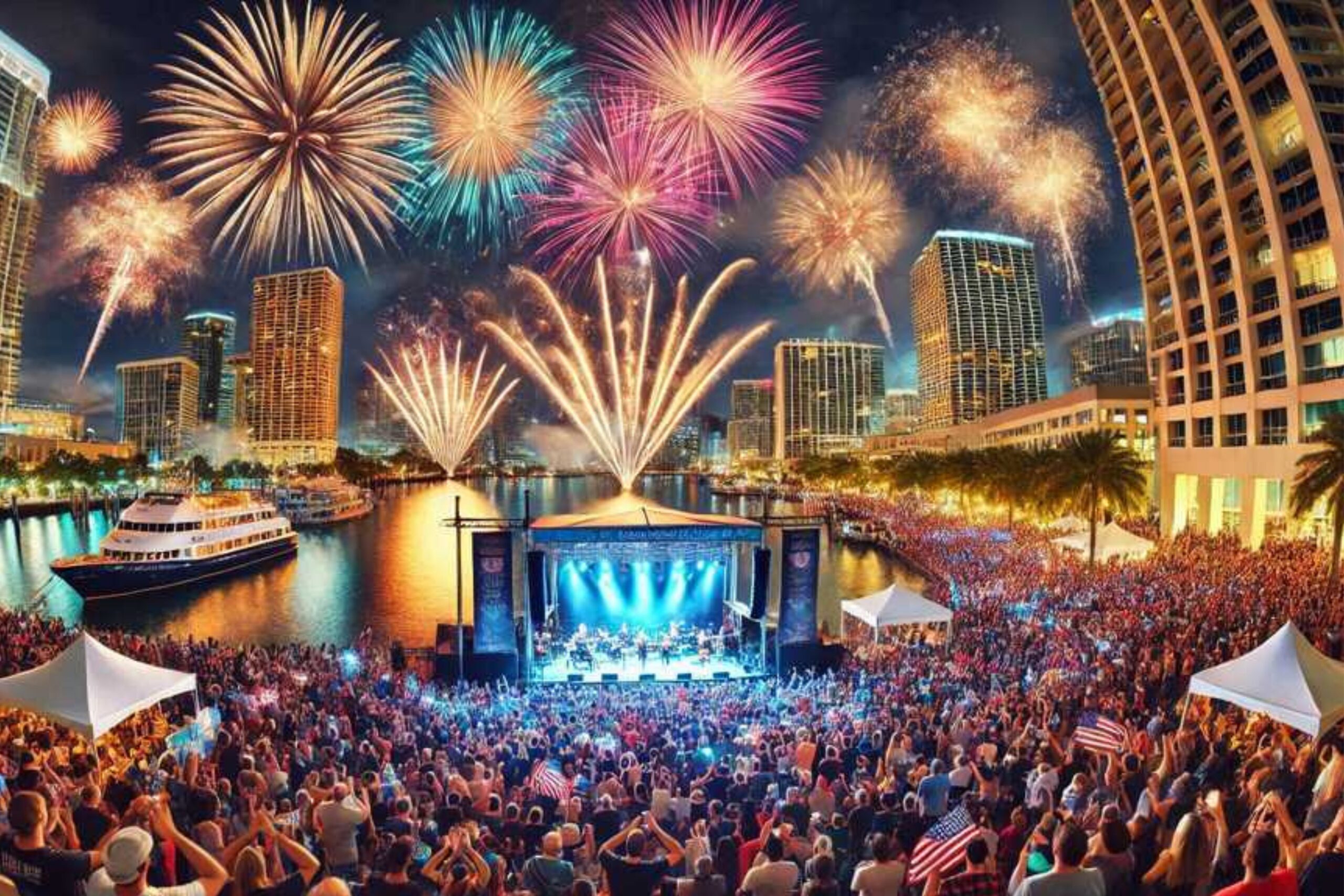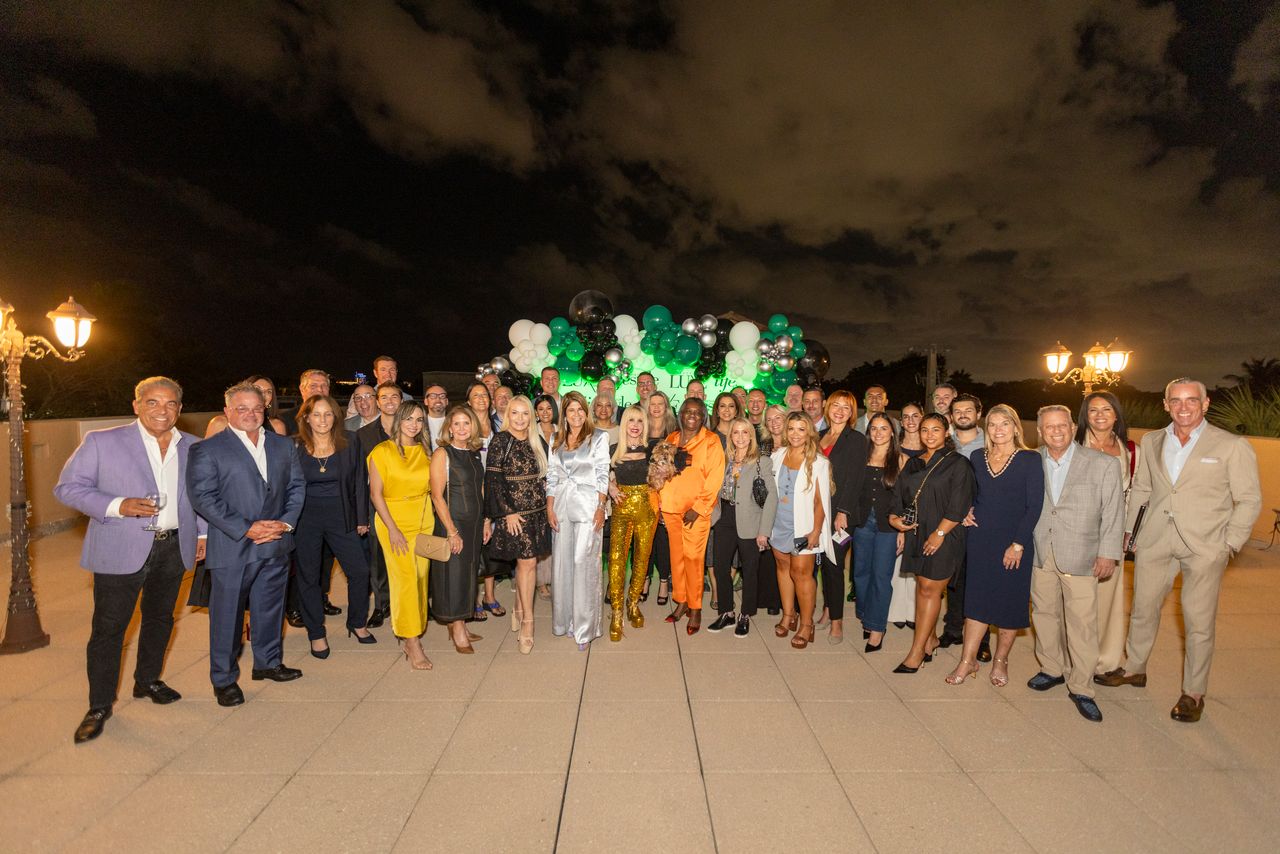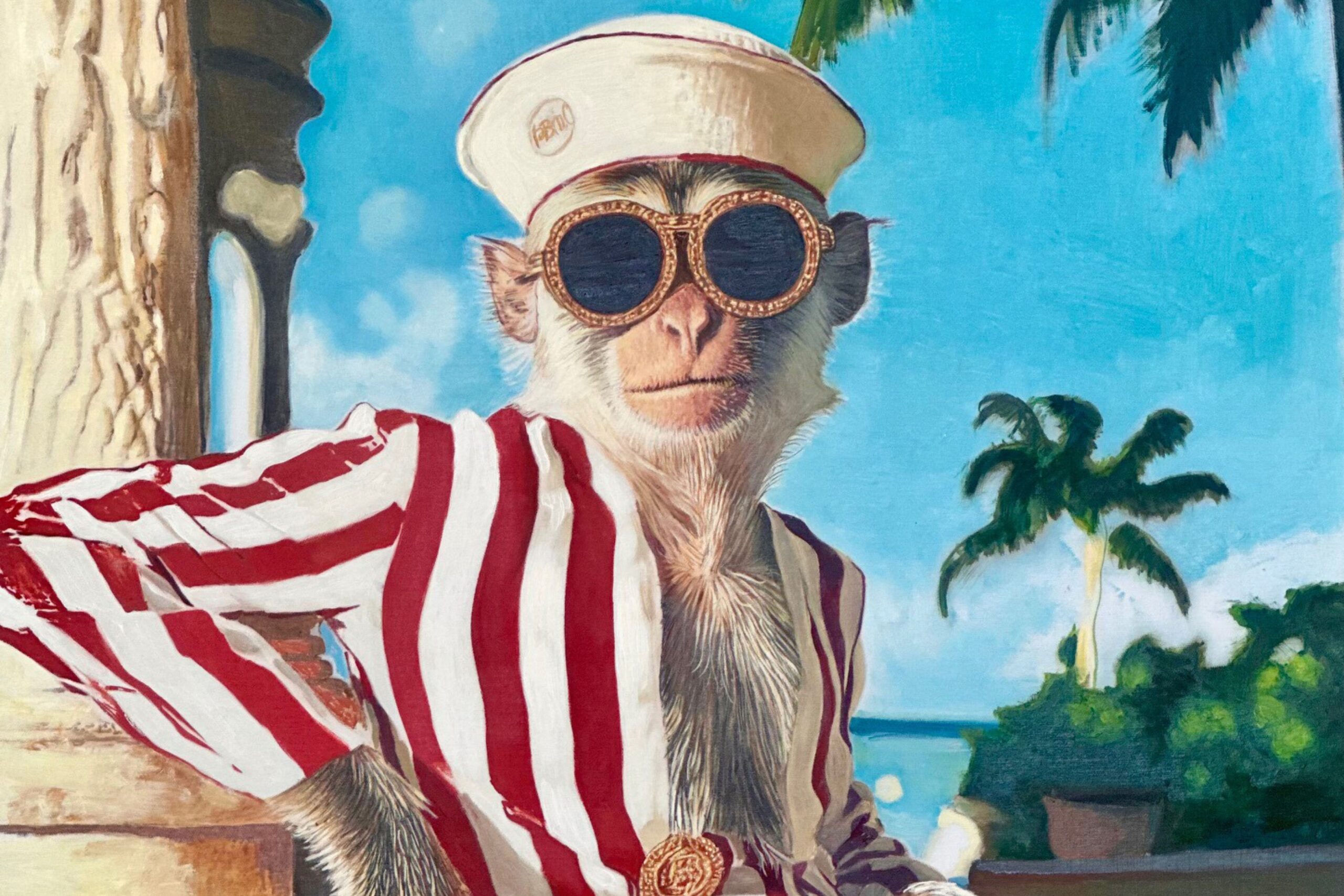- I grew up watching World War II movies with my dad—like John Wayne in “Sands of Iwo Jima.” It’s not necessarily the glamour; it was the cause that attracted me. Fighting Hitler in Germany. Defending the country after being sucker-punched at Pearl Harbor.
- I did 10 years of active duty in the Navy, and then, like [so many] other Air Force, Navy or Marine pilots, I took a job at the airlines. I was living in Fort Worth; I got picked up to fly in the reserve squadron there. So, I’m flying F/A-18 Hornets part-time and getting ready to start as an airline pilot. I had a dream job.
- The morning of Sept. 11, 2001, was supposed to be my first flight for American Airlines. When the second plane hit, I knew we were under attack. I put on my flight suit and boots—didn’t even lace them up—jumped in my old ’89 Porsche and did about 120 mph to the naval air station. We were being briefed when the Pentagon got hit.
- The order was to put every airplane down, to force them to land. The rules of engagement were that anything within 25 miles of Washington and New York was a free-fire zone; if it flies, kill it. I went from flying a jet airliner that day to maybe shooting one down.
- Two days later, we made national news. Some guy got airborne out of Waco, Texas. That was near Crawford, which was President Bush’s prohibited air space. We intercepted this guy and put him into the dirt. Turned out it was a 74-year-old grandpa with his grandson, taking a joy ride.
- On Oct. 1, 2001, I received a letter from HR at American Airlines. I had been furloughed, a polite airline term for laid off. You scramble. I had five jobs at one point. I got picked up by a speaking company, doing some business consulting. Trading became a hobby, and I was good at it.
- For too many people, stocks are emotional. On a [flight] mission, you want to minimize all known risks. You have to have the mentality that you’re in control of your destiny. If you walk on the flight deck and feel differently? You’re going to get killed. We train retail options traders to take out the emotion. It’s about discipline and managing risk.
- I graduated from Topgun [the U.S. Navy Strike Fighter Tactics Instructor program], and I was a “bad guy” during the training. I flew as the adversary, the MiG. We even had Russian name tags. I loved being the bad guy. … We were harder on ourselves during that training than anything we’d ever see in real combat.
- After every mission—training or combat—you sit in a closed room and debrief. In the debrief, no matter your rank, you’re an aviator. No punches are pulled. It’s about getting better, about improving your execution. The business world is a train wreck. If companies do debrief, it’s often only when something goes horribly wrong.
- In the military, we’d brainstorm a plan, a mission—and then bring in three people who weren’t in the meeting, but who have situational awareness. This is the red team. I’d tell them, here’s our mission objective, and here’s how we’re going to get it done. The red team listens—and then they start blowing holes in the plan.
- If you don’t “red team” your business plan before you execute, do you know who’s going to do it for you? Your competition. The enemy. They’ll gladly do it.
The Buckley File
- Buckley, founder of Top Gun Options and Strike Fighter Financial, also is author of From Sea Level to C Level.
- At Top Gun, he applies fighter-pilot methodologies to the preparation and strategies necessary for options trading.
- As a corporate speaker, he’s drawn on his military experience to create strategic planning and problem-solving techniques for the likes of AT&T and Capital One.
- Buckley’s Navy fighter reserve squadron was mobilized for Operation Iraqi Freedom; he ultimately flew 44 combat missions during two tours in Iraq.















